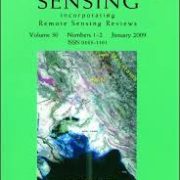Relationship between atmospheric corrections and training-site strategy with respect to accuracy of greenhouse detection process from very high resolution imagery
Fernando Carvajal Ramírez, Francisco Agüera, Fernando J. Aguilar, Manuel A. Aguilar
2010
International Journal of Remote Sensing, 31: 2977 — 2994
http://dx.doi.org/10.1080/01431160902946580
ABSTRACT
Frequently, satellite images that are acquired to extract a target surface are atmospherically corrected prior to the detection process. Thus, the unification of measure units is achieved, and atmospheric effects are removed from various imagery sources or taken at different dates. In this paper, four increasing levels of atmospheric corrections are applied (Top-Of-Atmosphere transformation: TOA; Apparent Reflectance Model: ARM; Flat Areas Model: FAM; Non-Flat Areas Model: NFAM). Then, the classification process is carried out using two strategies of training-site definitions (statistically purified and crude training sites) and two satellite imagery sources (QuickBird and Ikonos). Three-way Analysis of Variance (ANOVA) tests and Fisher’s least-significant difference tests are included in quality classification assessment, based on four accuracy indexes. Two images from both remote sensors are orthorectified, and then it is checked that all selected atmospheric correction levels have significantly different influences on the statistics of both orthoimages. Taking into account the conditions established in this work, it is concluded that a lower atmospheric correction level would be preferred because it does not present significantly worse results than other levels considered. Training sites would not be statistically purified, and QuickBird or Ikonos would be chosen, depending on the aspect of the greenhouse detection accuracy preferred.





